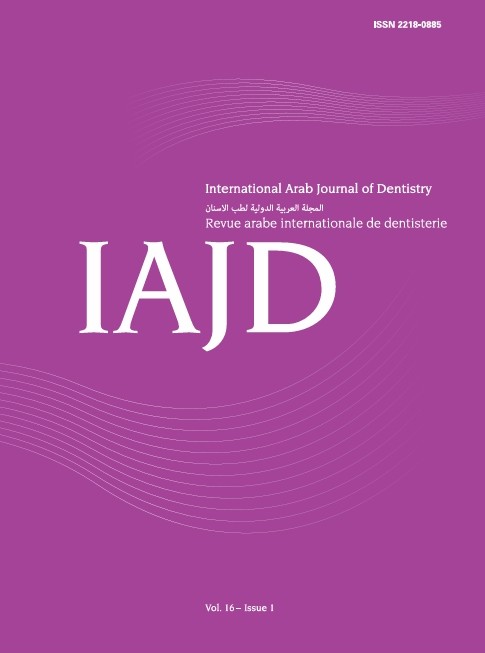Abstract
Objectives: The primary objective of the research is to assess occlusal splints and physical exercise effect on posture. The secondary objective is to compare which treatment option has more positive feedback regarding posture adjustment.
Methods: twenty patients with temporomandibular disorders (TMD) were divided into two groups equally, one receiving occlusal splints as a treatment for TMD and the other group receiving physical therapy exercises. They underwent a clinical and postural examination at baseline, after 1 week, after 1 month and after 2 months of treatment. Postural stability was assessed using a force platform (SATEL). Subjects were evaluated in static and dynamic conditions, with open and closed eyes. Surface are and sway length were assessed and compared through stabilometric parameters.
Results: A decrease in sway length for both groups according to time was observed for all positions and eye statuses, however, this decrease was only significant between baseline and 2 months for the two treatment groups in dynamic lateral position when eyes were closed, and in dynamic anteroposterior position when eyes were closed. In dynamic anteroposterior position when eyes were open, the decrease in sway length was only significant between baseline and 2 months in occlusal splint group. For the occlusal splint group, surface area decreased significantly between baseline and 2 months when eyes were open in static, dynamic lateral, and dynamic anteroposterior positions. However, when eyes were closed and in dynamic lateral position, the decrease was significant between baseline and 1 month, but an increase was observed at 2 months. No difference was shown between occlusal splint or physical therapy exercise groups. In the two treatment groups, pain scores have significantly decreased between baseline and 2 months.
Conclusions: the decrease in surface area and sway length indicates an improvement in posture. No difference was shown between occlusal splint or physical therapy exercise groups. Further investigation regarding this topic are needed with a larger sample size. Clinical significance: Occlusal splint and physical therapy exercise are effective for TMD patients and they may have an effect on postural balance.

